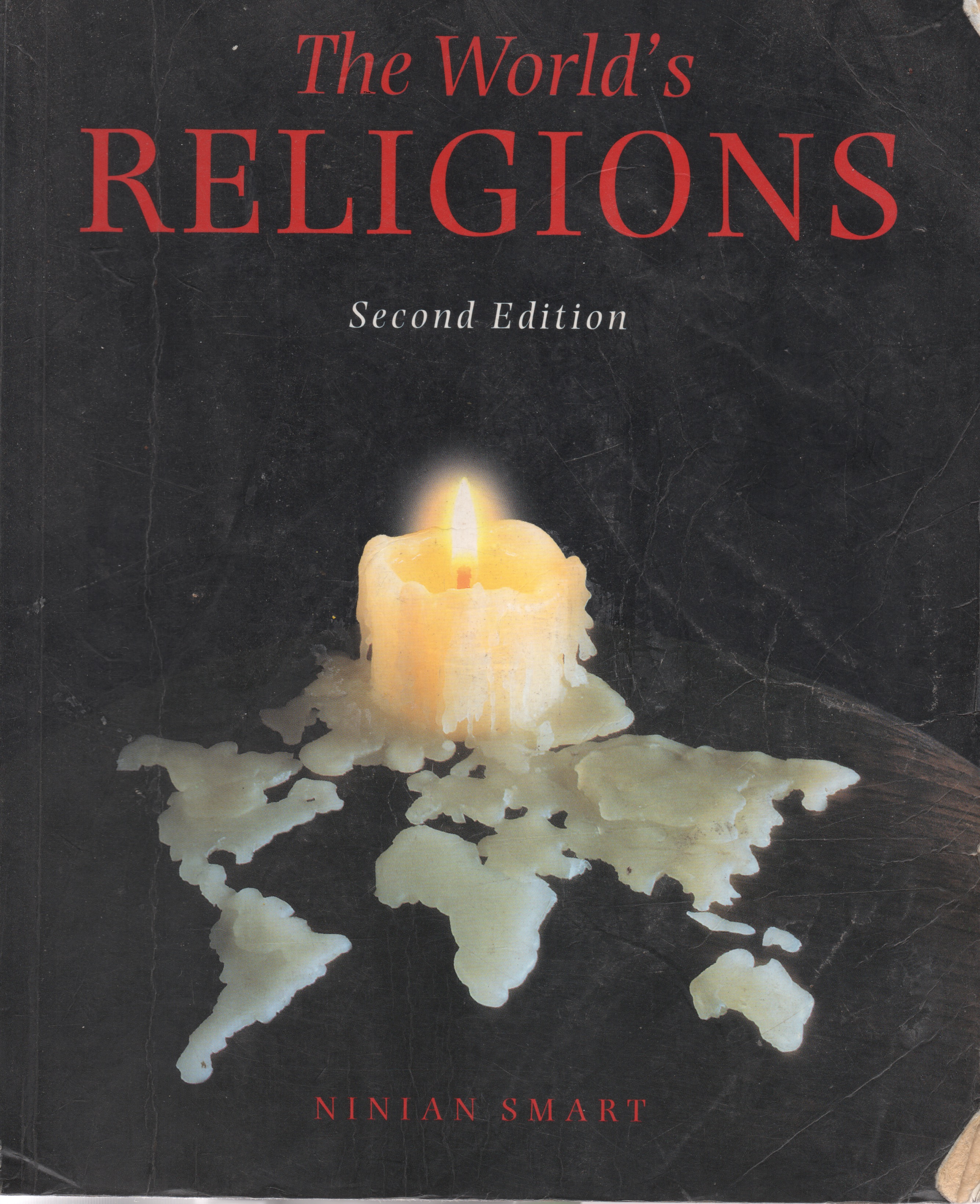
What can you tell about a person by looking at a random shelf of books, or in this case a part shelf? I have many books, many of which I have not read. I used to buy books, usually used, that caught my eye. The purchases very quickly got ahead of my time to read. I’ve read six of those showing here. They are: Tudor & Stuart Britain, 1471-1714 (from a university course); The Streets of London (well, it is the sort of book you dip into here and there or use to look up a street you came across reading something else); Concession Street in Context (a local history of businesses on this neighbourhood street – I am so grateful I can walk to shop, rather than drive); Medieval Russia’s Epics, Chronicles and Tales (from a very interesting history of Russia course I took one summer. This was my first inkling that there were very few jobs for historians. The fellow who taught us in Hamilton, had just taught the same course the term before at the U of Toronto, and was rushing off to Edmonton a week after finishing with us, to teach it again, there); A Tour through the whole island of Great Britain (an 18th century tour); The Diary of Thomas Turner (another 18th century study).
Some of these as noted, were books I read while doing my undergraduate degree at McMaster University in Hamilton, Ontario. I had an excellent prof for 18th century English history – though he was required to stray into the 19th century in teaching also. Dr. Paul Fritz loved 18th century England. He had been a PhD student of Sir John Plumb at Cambridge. I recall a fascinating class where he talked about architecture in the 18th century – both great houses and landscape architecture. Since then, I have always included architecture in my history of religion courses. As an M.A. student at McMaster, he had us come to his apartment in downtown Hamilton, Ontario, for a relaxed seminar one week. The building was a fairly typical 1960s/70s apartment tower on the edge of an older, but still genteel part of town on the southern fringes of downtown. A typically ugly bare elevator car and a typical hallway leading to his apartment door. Oh, but when we stepped through that doorway inside! It was an experience very much like one of those mystical stories where you step through a portal into an alternate universe.
We found ourselves in an 18th century gentleman’s sitting room by the simple act of crossing a threshold. Dr. Fritz had collected heavy, oaken furniture, the walls had oil paintings – in particular one of Sir Robert Walpole, the first Prime Minister of… well of anywhere, but England in particular. He had a top of the line TV, but it was hidden inside an old looking wooden cabinet – a computer sat on an enormous oaken desk – the only openly modern device visible. I am afraid I was more interested in the decor and design and the artifacts than the subject of the seminar. Perhaps that is why most of the books on this shelf date from the two undergraduate courses and one graduate level seminar I took from this interesting man and superb teacher.
Did any of this say anything about me, I wonder?
 This is an old textbook of mine. I took a course in the History of Russia back in the early 1980s. I don’t recall the exact year, but do remember it was a Summer night course at McMaster University in Hamilton, Ontario: two 3 hours classes a week for 12 weeks. Back then I was completing my undergraduate degree in History as an interest and a hobby. I would scan the offerings and register in History courses that caught my eye. Eventually I earned my degree and beyond the eventual I earned a PhD in History, but that is another story.
This is an old textbook of mine. I took a course in the History of Russia back in the early 1980s. I don’t recall the exact year, but do remember it was a Summer night course at McMaster University in Hamilton, Ontario: two 3 hours classes a week for 12 weeks. Back then I was completing my undergraduate degree in History as an interest and a hobby. I would scan the offerings and register in History courses that caught my eye. Eventually I earned my degree and beyond the eventual I earned a PhD in History, but that is another story.